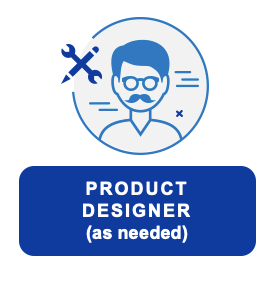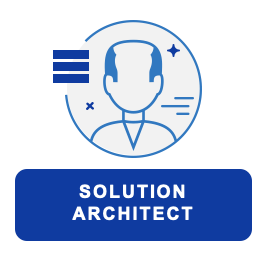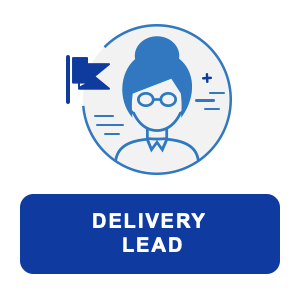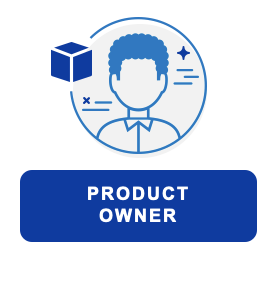
Have an understanding of the market, customers, and industry trends that can shape the product roadmap
Identify and evolve personas/outcomes as well as the hypothesized behavior change of those personas that will drive the business result
Propose what combination of personas/outcomes will best result in the overall strategic vision
Provide support to the Business Product Owner in writing Epic success criteria and desired outcomes to meet the strategic vision and business outcomes
Provide support to the Business Product Owner in defining leading and lagging indicators which are used to justify investment in Epics, inform prioritization of Epics, and enable tracking of the impact of Epics as they are deployed
Conduct user interviews to evolve their understanding of the problems customers face
Teams can focus on value delivery, filtering out work that doesn’t align with the strategic vision
Perform generative or evaluative research to advance developing strategy, plans, and designs; gather feedback about deployed or in-process designs, products, and prototypes.
Establish with the Portfolio Team the product vision and roadmap and identify new markets and customers
Continually mature the backlog with the Product Analysts, focusing on the profitability of the product (ROI)
Creating a shared vision of who, what, and why having Features that align to the success criteria and desired outcomes of the Epic is key to making and meeting commitments
Communicate the strategic vision and outcomes to the Product and Delivery Teams
Represent the voice of the customer expressing their needs and interests
Provide Feature solution options to the Portfolio Team working with the Product Team, balancing capacity and demand
Validate that the Features are prioritized following the Portfolio priorities
Provide an understanding of how the Features delivered in each release align with the strategic vision
A ready backlog is the key to ensuring that the system of delivery is predictable
Create and maintain the ready-backlog of Features to ensure they meet the Definition of Ready and have Acceptance Criteria that are in alignment with the Epic success criteria and desired outcomes
Ensure that there is a ready-backlog of stories for the Delivery Teams to consume that are aligned with the Features
Prioritize the ready-backlog of Features
Surface dependencies between backlog items and ensure they get managed
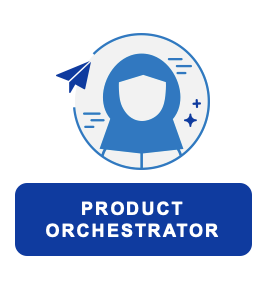
The Product Orchestrator ensures the Product Line Team has clarity of capacity and demand; provides oversight to maximize governing the flow of value; ensures product decisions are in alignment with the budgets and financial guidelines; collaborates with Product Category Team Portfolio Orchestrator and Delivery Team Product Manager.
